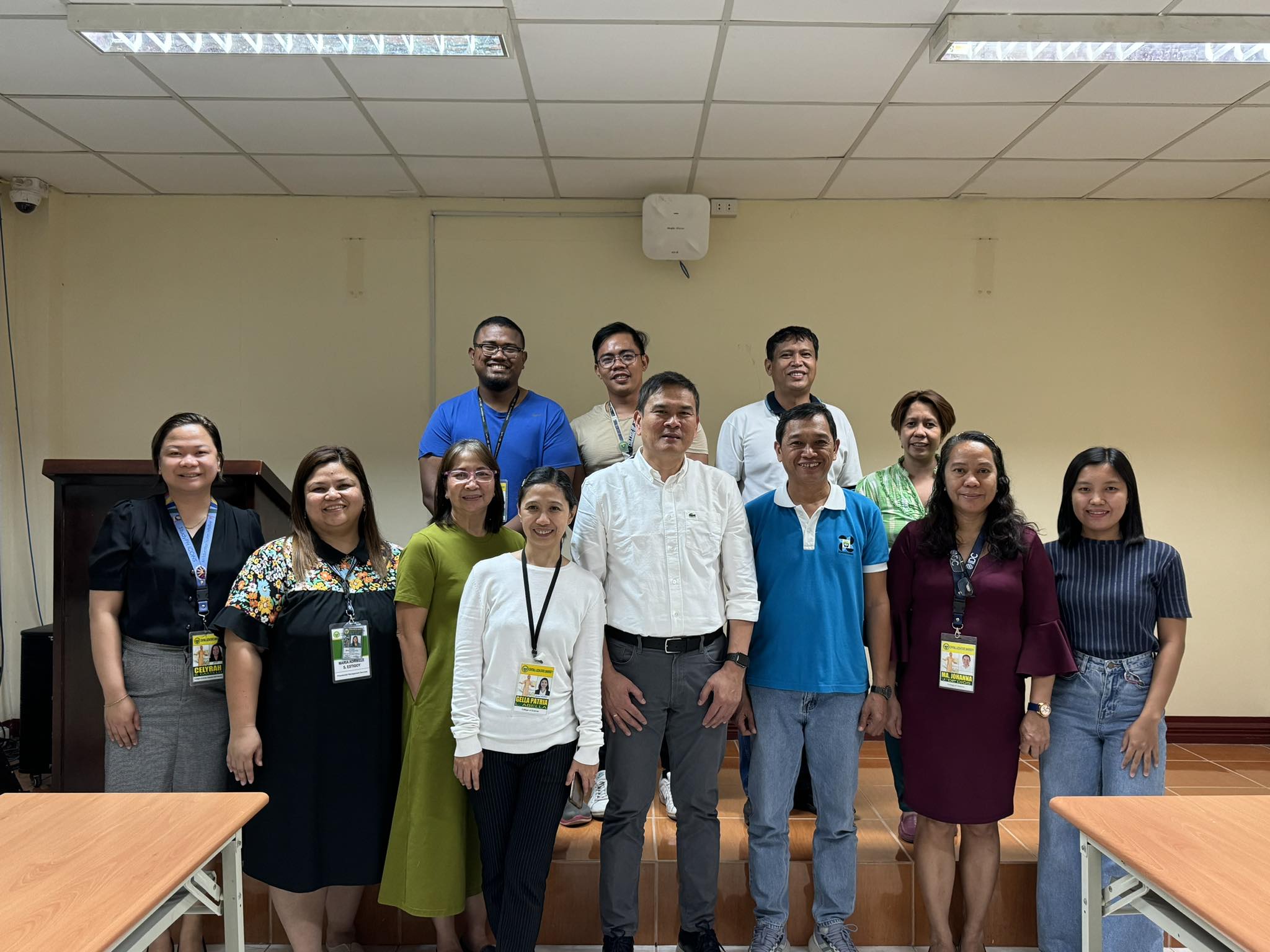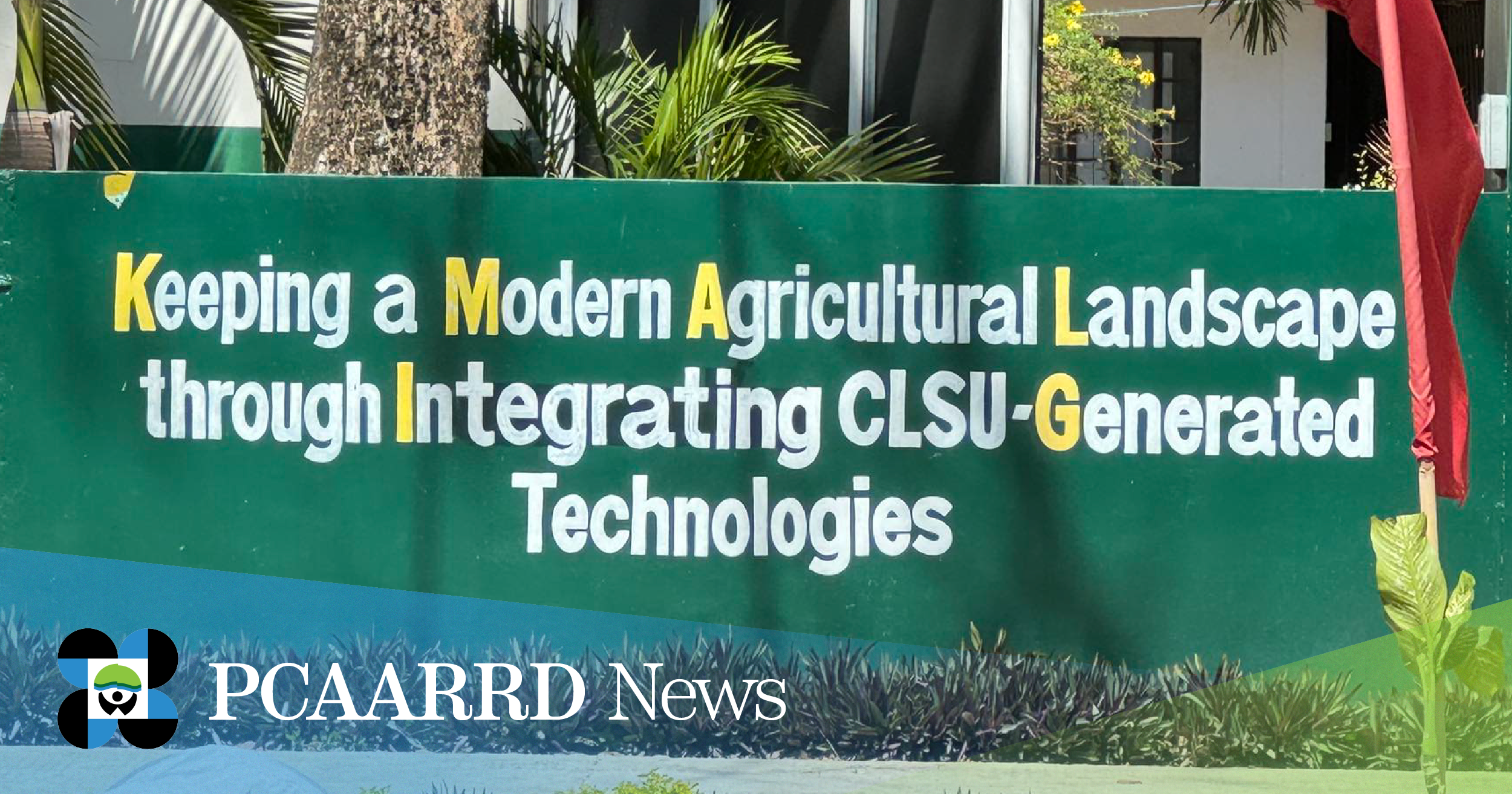A project designed to showcase the technologies generated from R&D outputs for transfer to farmers, fisherfolk, micro small and medium enterprises, and other entrepreneurs has been recently approved with the Central Luzon State University (CLSU) as the pioneering institution.
Titled, “Science for the Convergence of Agriculture and Tourism (SciCAT) Expansion: Enhancing the KAMALIG (Keeping A Modern Agricultural Landscape through Integrating CLSU-Generated Technologies) Agritourism Site,” the project will serve as an agri-tourism destination showcasing sustainable practices to farmers, fisherfolk, and to farm tourism operators, and tourists.
The “kamalig” depicts the project’s overall objective to house and showcase various CLSU’s mature technologies that are ready for adoption, which would contribute to the attainment of sustainable development goals. With the tagline, “Tara na, Mag-SiyenSaya sa AgrikulTOURa,” it will showcase different science-based farm areas categorized as ‘kural, pinitak, tumana, lambat, pulot-lukotan, saliksikan, agritahanan, salakot,’ and ‘kaluto.’
Kural highlights the Small Ruminant Center’s (SRC) innovative and practical technologies on forage management resources, feeding and nutrition, goat housing, and waste management.
Pinitak features a model paddy showing the Philippine-Sino Center for Agricultural Technology’s (PhilSCAT) technologies on locally developed hybrid rice varieties with suitable agro-machineries towards increasing farmers’ yield and income.
Tumana highlights the Ramon Magsaysay – Center for Agricultural Resources’ (RM-CARES) generated technologies on diversified and organic-based farming practices for safe food consumption in a cheaper cost and environment-friendly manner.
Lambat showcases Freshwater Aquaculture Center’s (FAC) technologies on inland fishery resources.
Moreover, Pulot-Lukotan and Saliksikan feature stingless bees and various crop production technologies developed by the College of Agriculture and University Research Center, respectively.
Agritahanan features nicely organized gardens of vegetables, herbs, mango trees, and ornamental plants, animal yard demonstrating free-range chicken and mallard duck raising using improved breeds showcasing home yard farming using available resources and applicable technologies.
Furthermore, Salakot, which stands for “SAkahang LAyong ipaKalat ang mOdernong Teknolohiya,” showcases precision and digital agriculture technologies that will increase productivity while utilizing minimal farm resources. The area features an automated fertigation system, smart drip irrigation and fertigation, tower garden, and aquaponics.
The last attraction in the KAMALIG is Kaluto or the eFARM Kitchen, which features various opportunities for food processing as well as culinary recipes.

The Philippine Council for Agriculture, Aquatic and Natural Resources Research and Development of the Department of Science and Technology (DOST-PCAARRD) SciCAT Program is a showcase of technological convergence to improve productivity and sustainable farming while developing tourism activities in the farm. The program has proven to be an effective pathway in increasing the local economy and promoting agritourism in the country. Farmers are no longer mere producers of crops and livestock but are taking an active role in promoting tourism through their farms. Gaining from the successes of the first phase, the program expands to institutions such as state universities and colleges (SUCs) and Local Government Units (LGUs) that will serve as a platform in demonstrating various DOST- PCAARRD, and agency-generated technologies.
The SciCAT program hopes to boost the branding and promotion of CLSU as an academic and research institution. It will attract visitors and potential adopters of CLSU-developed technologies enhancing the transfer and adoption of technologies.

KAMALIG signage at the entrance. (Image credit: TTPD-PCAARRD)

Visit to the KAMALIG SciCAT Farm with the CLSU project team. (Image credit: TTPD-PCAARRD)

